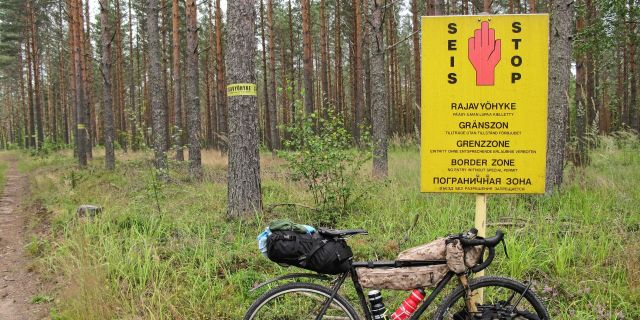Estonia is building a fence, the army controls the border in Norway — will Finland's membership in NATO change its border security system?
After Finland joins NATO, its border will become part of the eastern borders of the alliance, writes the MTV portal. The border agency of the country thought about the construction of a fence.
Petteri Savolainen, Sari Korpela
In comparison with the closest NATO member countries, that is, Estonia and Norway, Finland has a very long land border with Russia. Currently, border control is regulated by EU rules, which define common norms for their member states. However, border control is carried out differently in each country.
"In Norway, the army controls the land border, in Estonia — the police and border control forces. We are regularly checked at the EU level, the control of external borders must meet certain standards. In this sense, we are already cooperating with the member countries of the alliance," says Matti Pitkäniitty, Head of the International Cooperation Department of the Border Agency.
NATO does not dictate the conditions of border control to the participating countries
Pitkaniittu still does not think that Finland's accession to NATO can affect the country's border control. In his opinion, NATO is unlikely to demand changes from Finland in matters of border protection.
"Border control is not the main task of NATO. The Alliance does not specify how the participants guard their borders. Now NATO is considering its strategic concept and how the alliance should respond to various threats in the future."
Estonia is currently building a fence on the border with Russia. The construction of the fence should be completed in 2026. Finland has also already thought about the fence, for example, if Russia systematically sends large flows of people across the border.
A fence won't solve all the problems
According to Pitkaniittu, the fence will not solve all the problems, but at some stage it can be used as an additional tool for monitoring the work of the border.
"The fence is only one element that can strengthen border control, but it would be a mistake to assume that the fence will become an insurmountable obstacle along the entire border or that the construction of the fence will solve all problems. But the fence will still give us extra time and improve our response in difficult situations, will allow us to control movement across the border and create conditions for our resources to be sufficient," says Pitkyanittu.
He also recalls that the length of the Finnish-Russian border is 1,340 kilometers.
"The Border Agency employs 2,800 people. If we move all our people to the border, we won't have two people per kilometer."
"We have very limited resources, in this situation, after the end of the working day, the border will be empty. We need ways that will make our resources sufficient," says Pitkyanittu.

